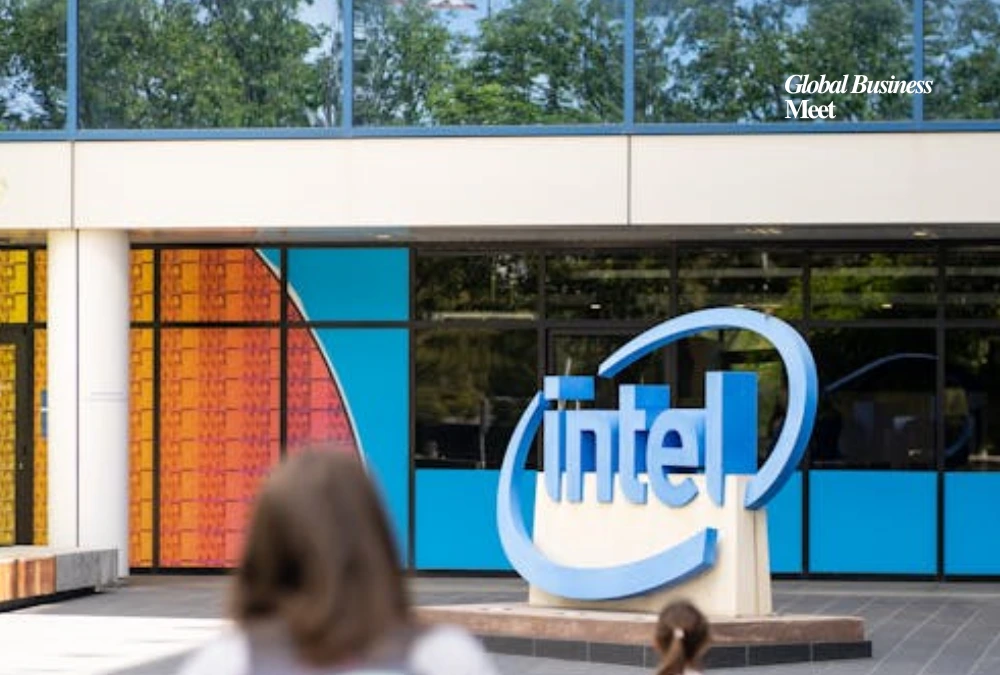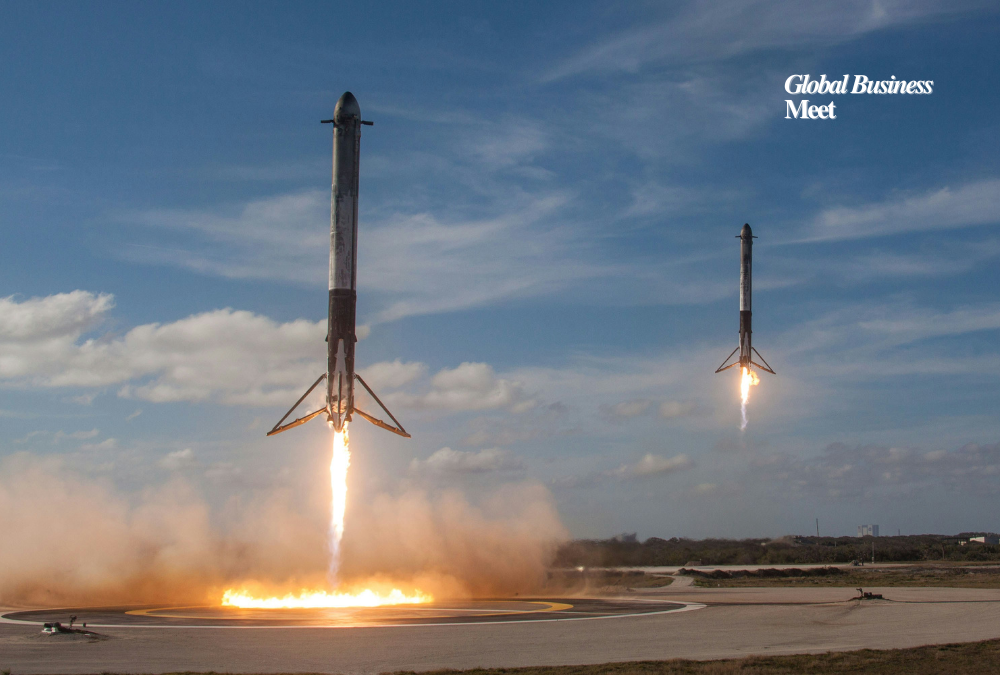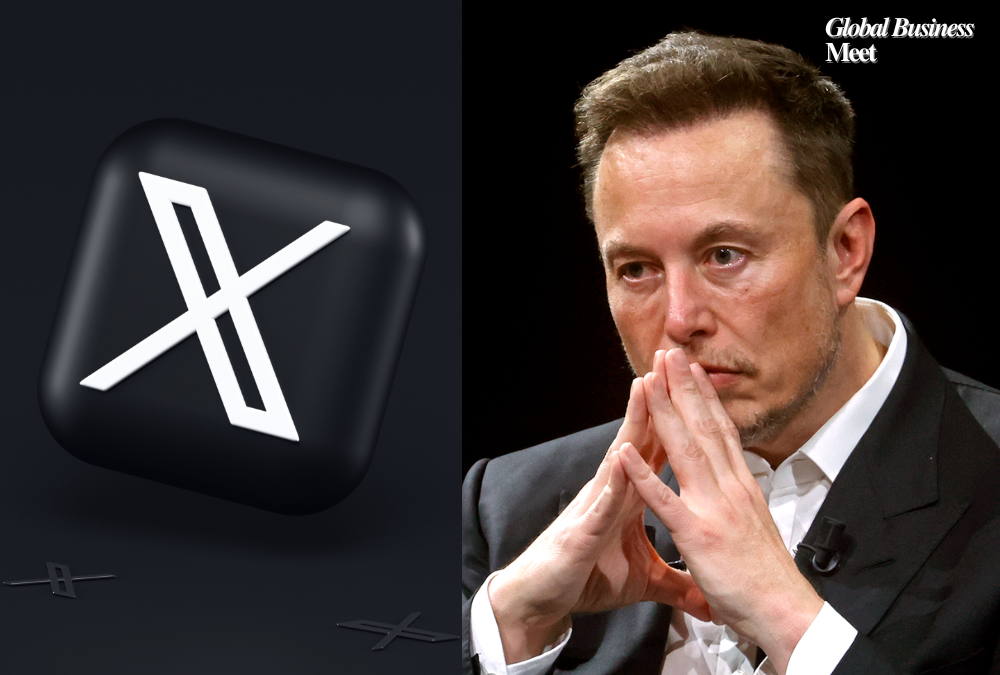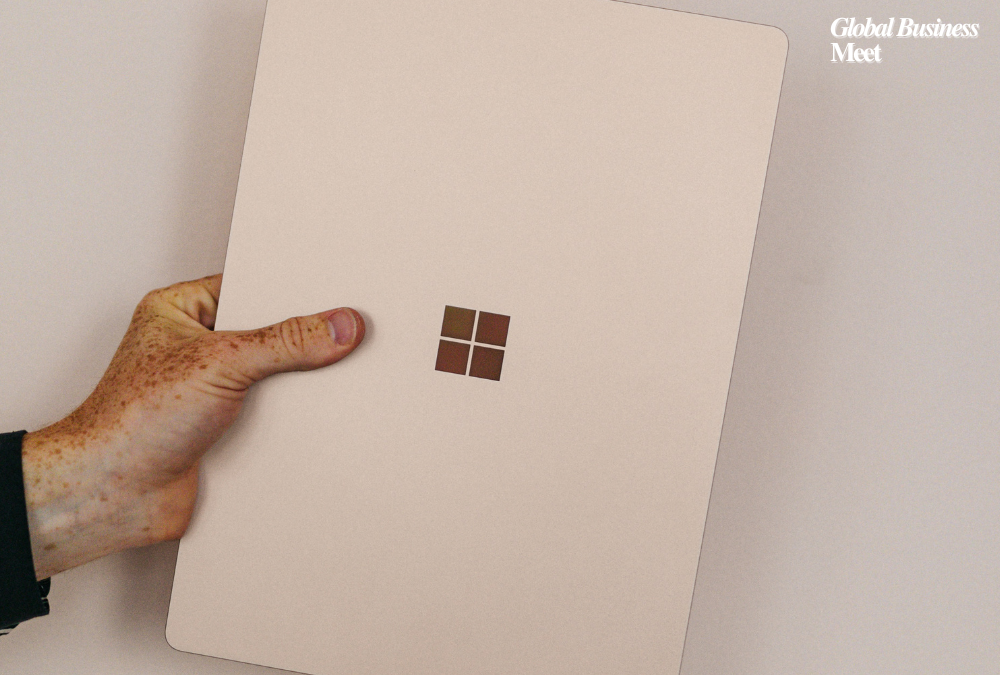
In a major overhaul of its defense spending framework, NATO is proposing a new defense spending goal of 5 percent of each member nation’s GDP on defense purchases. Core military spending alone is 3.5% of the proposal and an additional 1.5% is directed to defense related activities such as cybersecurity, border and coastal security and protection of critical infrastructure.
Cybersecurity has made the list of defense related spending because they realize the nature of threats change in today’s digital age. NATO attempts to broaden definition of defence expenditures so as to increase its collective security capability against a number of modern challenges.
Eight member states are in negotiations to finalize exactly what belongs under the new spending categories. Some nations argue for counterterrorism to be counted toward the target and others such as Ukraine, are pushing for help with defence aid to count toward the target. In addition, expenditures on intelligence agencies other than for defense which it defines as being within defense related spending, are also taken into account.
Infrastructure investments supporting military mobility are expected to be part of the package, as long as they dovetail with alliance defence plans. It takes a comprehensive view to make sure member nations can afford to spend the new amounts called for while covering a range of security concerns.
NATO Secretary General Mark Rutte is confident the alliance will agree on the new 5% spending target when countries meet for a summit in The Hague. The proposal is under discussion and is still subject to refinement before it’s formally adopted.
This is a shift in kind for NATO defense planning and recognizes that nontraditional security domains matter – and that a holistic view of collective defense is necessary. NATO has also made it part of its spending framework to integrate cyber security and other critical areas of spending to aid its resilience and adaptability to upcoming threats.


















































































































